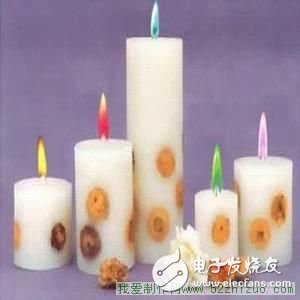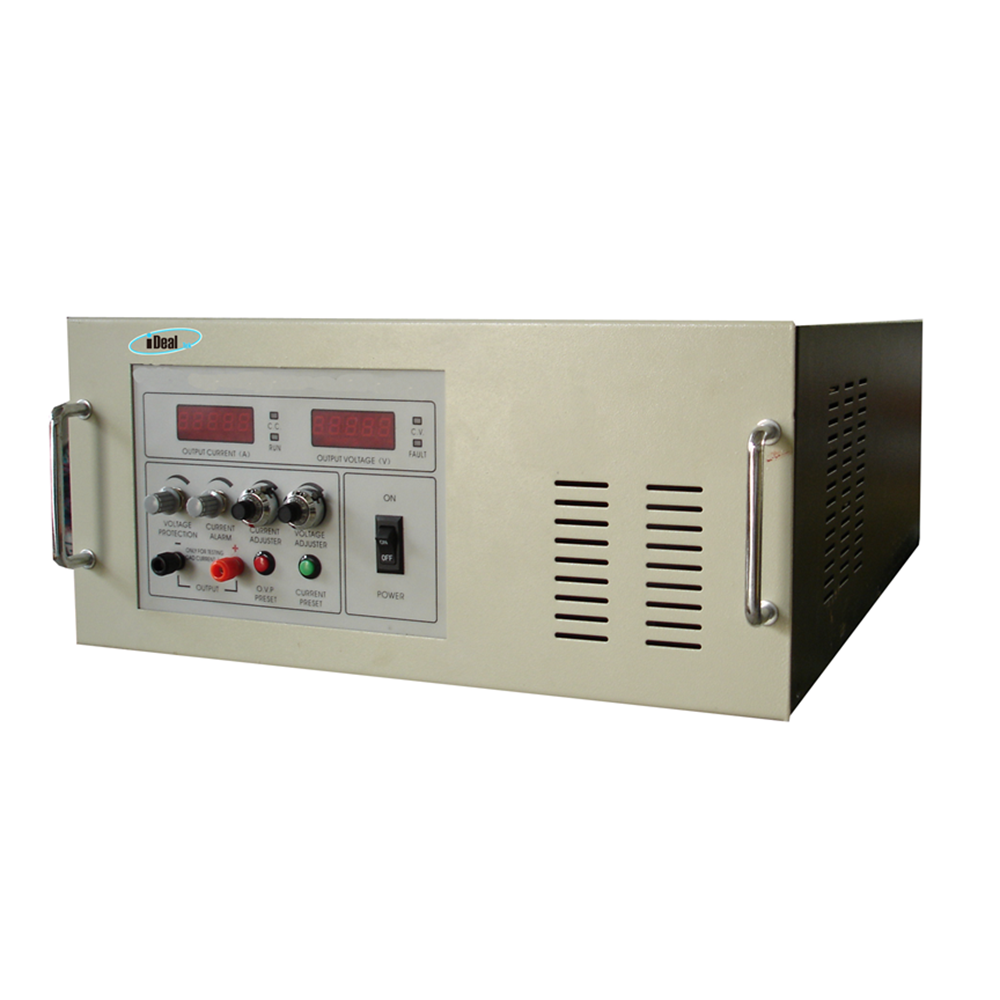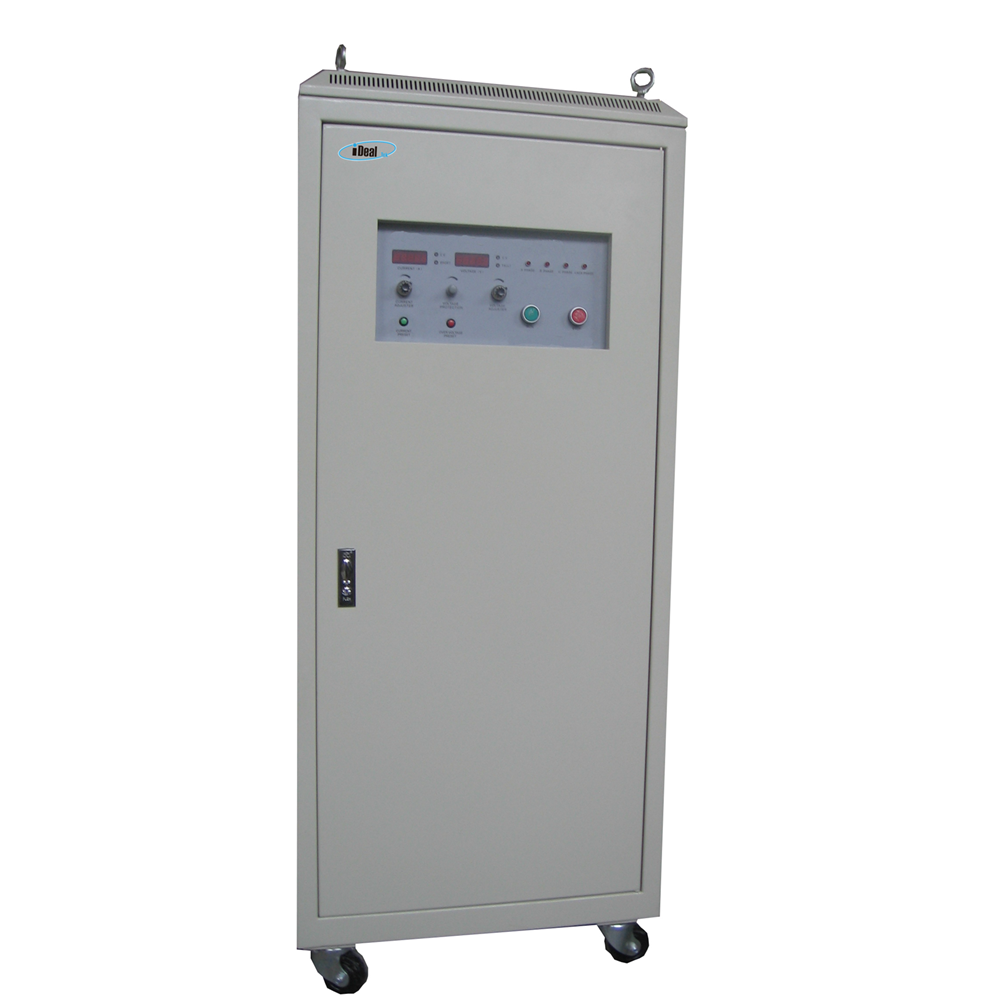Birthday candles are often made of colorful, but the flames of the candles are all the same color: slightly yellowish. The appearance of colorful flame candles changed this monotonous situation.
Color flame candles refer to candles whose flames are red, yellow, green, blue, purple, white, etc. after being lit. The principle it uses is the flame reaction described in chemistry class: different metal salts emit different colors when they burn. At a birthday party, the feeling of being surrounded by various brightly colored candle flames should be very strange.

There are two ways to make colorful flame candles.
The simpler one is: mix metal salts (such as copper chloride, lithium chloride, antimony chloride, etc.) with melted wax oil, pour it into a mold equipped with a candle wick, and cool it to form.
This kind of color flame candle is easy to make, but the color effect is not very satisfactory. Not only does it have a small flame, it also has a slight yellow around it-this yellow is the color of paraffin wax and candle wicks. In order to eliminate the yellow color of the flame, urethane or oxalate can be used as the main fuel instead of paraffin, and some oxidation promoters are added to the wick. The colored flame candles treated in this way have bright colors, large flames and no variegated interference. However, the adhesion of urethane and other substances is very poor, and the hardness and strength are not as good as paraffin. Therefore, the candles made are very easy to deform. For this reason, some higher fatty acids or higher fatty alcohols can be added to improve the formability and shape retention of the candles. Sex.
The second method is to make a special candle wick.
Generally, the candle wick is divided into a burning wick and a color wick. The two wicks are made separately and then twisted together to become the wick of the color flame candle.
The wick has the same material and function as the ordinary candle wick. In order to remove the yellow flame generated during combustion, some oxidation promoters (such as compounds of platinum, palladium, vanadium and other elements or soaking liquid of plant ash, etc.) should be added.
The color wick is made of ordinary candle wick material plus coloring agent and oxidation promoter. Chlorides, oxides, nitrates, and stearates of metals such as cobalt, copper, potassium, sodium, lithium, antimony, calcium, barium, and strontium can be used as coloring agents. In order to hold the color agent, the outer layer of the color core should be coated with a layer of resin liquid. The selected resin liquid is required to have no interference with the color of the flame core and be able to burn completely. Generally, water-soluble resin liquids, such as polyvinyl alcohols, can be used, and solvent-based resin liquids that can be dissolved in organic solvents, such as nitrocellulose, polyethylene or their copolymers, etc., and the amount should be less than more.
Specific production method:
(1) Preparation of purple-red color flame candle
â‘ Prepare the main fuel.
Weigh 94 parts of urethane, 5 parts of stearic acid, and 1 part of vinyl acetate-maleic anhydride (1:1) copolymer according to the mass ratio, mix these raw materials and put them in a beaker for later use;
â‘¡Prepare the color core.
Weigh 12g of lithium chloride and dissolve it in 87mL of water, then add 0.1g of polyvinyl alcohol, and heat to 80-85°C to dissolve it.
Separately weigh 0.1g of chloroplatinic acid and dissolve it in 200mL of water (if there is no platinum salt, alternatives are also available, see the description in this article for details), and then add 5g of fine powdered alumina, stir well, then add 0.2g of hydrazine and 0.1 g caustic soda, finally add 2000mL water to dilute, stir well and let stand for a whole day and night. The precipitated fine powdery alumina is separated to obtain platinum catalyst powder.
Sprinkle 0.1 g of this catalyst powder into the lithium chloride solution prepared above to obtain a color developing agent-oxidation accelerator solution.
In addition, weigh 7 parts of a copolymer of vinyl acetate and ethylene (molar ratio 1:3) according to the mass ratio, and dissolve it in 93 parts of trichloroethylene to make a resin liquid.
Take the No. 20 cotton thread, soak it in the above-mentioned coloring agent-oxidation accelerator liquid, take it out and dry it at 120°C. Repeat this operation 3 times, so that the color dosage attached to the cotton thread is about 2g/m. Then impregnate it with resin solution once, take it out and dry it to form the color core.
â‘¢Prepare the wick.
Take about 0.1g of platinum catalyst powder and sprinkle it into 500mL water, twist the yarn core with 30 gauge 20 cotton threads, immerse it in water containing platinum catalyst powder, and take it out to dry after soaking to obtain a combustion wick with oxidation promoter adhered to it.
â‘£ Make the finished color flame candle wick.
Wrap the color wick on the burning wick with a spiral pitch of 25mm, which becomes the wick of the color flame candle. When winding, the winding direction of the chromophore core should be opposite to the twisting direction of the combustion core, so that a proper gap is maintained between the two.
⑤Pour candles.
Take a section of 8mm (inner diameter) × 40mm glass tube as a mold for pouring candles. Put a plug with a small hole in the center of one end of the glass tube, put the candle wick through the small hole, and then through the glass tube. Tie the candle wick with a pin on the other end of the glass tube and tighten it so that the candle wick passes through the center line of the glass tube.
After the wick is fixed, heat the main fuel to 75°C, stir it evenly after it melts, and pour it into the glass tube where the wick is fixed. After being cooled and solidified, take it out to obtain the finished color flame candle. If the candle is difficult to take out, it can be easily taken out by heating it slightly around the mold. This kind of color flame candle has good shape retention and strength, good burning and color development, and the flame is bright purple-red after being ignited.
(2) Preparation of turquoise flame candle
â‘ Prepare the main fuel.
Weigh 95 parts of urethane, 4 parts of stearic acid, and 1 part of vinyl acetate-methyl acrylate (molar ratio 3:7) copolymer according to the mass ratio. Mix the raw materials that make up the main fuel agent and put them in a beaker for later use.
â‘¡Prepare the color core.
Weigh 35 g of copper chloride, 1 g of vinyl acetate-ethylene (2:8 molar ratio) copolymer, and 5 mg of chloroplatinic acid, and dissolve these substances in 64 g of trichloroethylene solvent to prepare a coloring agent-oxidation accelerator solution.
Weigh 5 parts by mass of nitrocellulose and dissolve it in 95 parts by mass of vinyl acetate, and use it as a resin solution for coating.
Take 0.02 g/L of polyester thread and soak it in the color development agent-oxidation accelerator solution for a while, take it out and dry it, and then soak it in the coating resin solution for a while, take it out and dry it, and then prepare the color core.
â‘¢Prepare the wick.
Twist 18 No. 30 cotton threads into a core wire, immerse it in a platinum catalyst powder oxidation promoter with a concentration of 0.2g/L (the platinum catalyst powder oxidation promoter is prepared in the same way as before), and then dry it at 52°C. Dip it once in urethane and dry it as a wick.
â‘£ Make the finished product.
The color wick is wound on the burning wick with a pitch of 40mm according to the aforementioned method to make a color candle wick. Then use the same method as before to make a colored flame candle. This colorful flame candle emits a bright turquoise flame when it is lit.
(3) Simple method of making colorful flame candles
The simple method of mold making and the main fuel agent infusion method are the same as the above, the difference is that the simple method combines the color agent with the main fuel agent beeswax through the alcohol.
The production method is as follows:
â‘ Red flame candle. Dissolve about 1 to 3 parts of lithium chloride in 4 parts of ethanol, add 5 to 10 parts of beeswax while heating, stir and pour into the mold evenly after all is melted. Take it out after cooling.
â‘¡Green flame candle. Dissolve about 2 parts by volume of copper nitrate and 1 part by volume of barium perchlorate in 4 parts by volume of ethanol, then add 5-10 parts of beeswax to melt and mix uniformly, pour it into the mold, and cool it.
â‘¢Blue flame candle. Dissolve about 1 to 3 parts of copper chloride in 4 parts of ethanol, and add 5 to 10 parts of beeswax while heating. Other operations are the same as above.
Description:
(1) Soak the plant ash in hot water, and the soaking liquid can also be used as an oxidation promoter. Dip the core wire in the soaking liquid and take it out to dry, which is the wick of the colorful flame candle. It is also possible to mix this soaking liquid with platinum catalyst powder as an oxidation accelerator.
(2) Substances such as vanadium chloride can also be used as oxidation promoters.
(3) In the simple production method, if you want to make the flame larger, you can appropriately increase the ethanol content. To make the candle burn longer, the content of ethanol can be appropriately reduced and replaced with ethylene glycol. The content of ethylene glycol cannot be too high, otherwise it is easy to extinguish or difficult to ignite. The melted wax of this colorful flame candle is collected and then melted and poured into a mold equipped with a candle wick to make the same colorful flame candle.
LVLP series Linear Power Supplies are DC Power Supplies that achieve AC/DC conversion through power frequency transformers and transistor loop control. Compared with switching DC power supplies, linear mode power supplies have higher stability, higher accuracy, and lower output ripple. And the most important, because of the use of the power frequency AC/DC conversion principle, the linear power supply does not have high-frequency radiation interference, and is especially suitable for use in places with restrictions on EMC and EMI.
The LVLP series linear AC - DC power supplies have a wide range of output specifications, the output power ranges from 1KW to 400KW, and the output voltage can reach up to 800VDC, and accept customization.


The whole series DC linear power supply adopts industrial-grade metal chassis, pure copper AC/DC varnished transformer, high-reliability multi-transistor filter loop, ensuring the power supplies can run for a long time at full load with high stability, high accuracy, and ultra-low ripple electronic characteristics, equipped with a complete protection circuit, which can better ensure the reliability of the linear power supply itself and the safety of the customer's load.
The output voltage and current can be adjusted by the 10-turn potentiometer with scale and lock on the front, equipped with 4 1/2-digit high-resolution LED meters for output value reading, and RS communication interface can also be added for remote control and monitoring of linear power supplies.
This series of linear power supplies are mainly used for aging and testing of components such as capacitors, relays, and resistors, and can also be used for experimental testing of electronic components such as thermistors and motors. At present, many well-known capacitor manufacturers, resistor factories and other electronic component production units and scientific colleges and universities and other research and development units use this series of power supplies, and they have all been highly praised.
Linear DC Power Supplies, Linear AC - DC Power Supplies, DC Linear Power Supplies, AC - DC Linear Power Supplies, Linear AC DC Supplies
Yangzhou IdealTek Electronics Co., Ltd. , https://www.idealtekpower.com